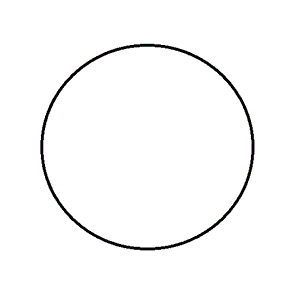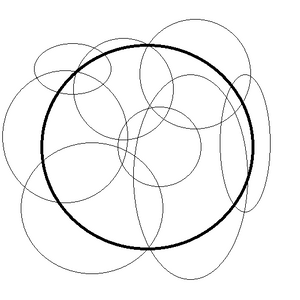In my past several blog posts, I’ve been examining various possible sources of unity for The United Methodist Church. One assumption behind these posts so far has been that it may be possible to find something(s) that ties together all United Methodists and that unity in the denomination depends upon finding such thing(s). I’ve certainly suggested that there may be more than one thing which unites everybody (e.g., polity, hymnody, and a sense of the world as our parish), but the quest so far has been for something that everybody can agree upon.
That makes sense. United almost always has the connotation of sameness is some way. My next suggestion for source of denominational unity, however, calls that idea of united by sameness into question. It’s a major departure, so I’m going to spend two or three posts exploring it. It’s also an idea I think can have much wider application than The United Methodist Church, so there will be a lot fewer Methodist-specific references.
The idea of unity I would like to explore can still be thought of not as united by sameness, but unity through relationships and networks. This model of unity actually presupposes that there is nothing that’s going to apply to everyone, instead looking for overlapping things that, when you add them all up, include everyone. To make myself clearer, let’s look at a couple of diagrams.
The first diagram is a diagram of the unity by sameness model. It’s pretty simple:

It’s just a circle. The outline of those who are united and the outline of those who share a certain characteristic coincide. The diagram for the unity through relationship or network is a bit more complicated, though. It looks something like this:

Here the heavy black line is the group of people who are united in a certain organization. The thinner black lines are groups of people who share certain characteristics. None of these circles coincide with the heavy black circle. None cover the entirety of that circle. All of the thin circles overlap with some other circle, but there are pairs of circles which don’t overlap with each other. Nevertheless, by adding all of the thin circles together, all of the area inside the heavy circle is covered. Note, though, that the thin circles include not just area in the heavy black circle, but area outside of it as well.
I think this is a truer-to-life model of how unity works. There is some functional way in which the heavy black circle is drawn (polity, in the case of The United Methodist Church), but most of the uniting factors that hold us together are like the thin circles – they’re things we have in common with a subset of the group as a whole as well as others outside of the group. But there’s nothing that we have in common with the group as a whole (except the polity which defines the heavy black circle). Only by adding up a series of uniting factors are we able to include the group as a whole.
This model depends crucially upon relationships and networks, and it’s to that aspect of the model I will turn next week.